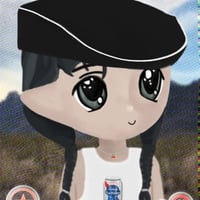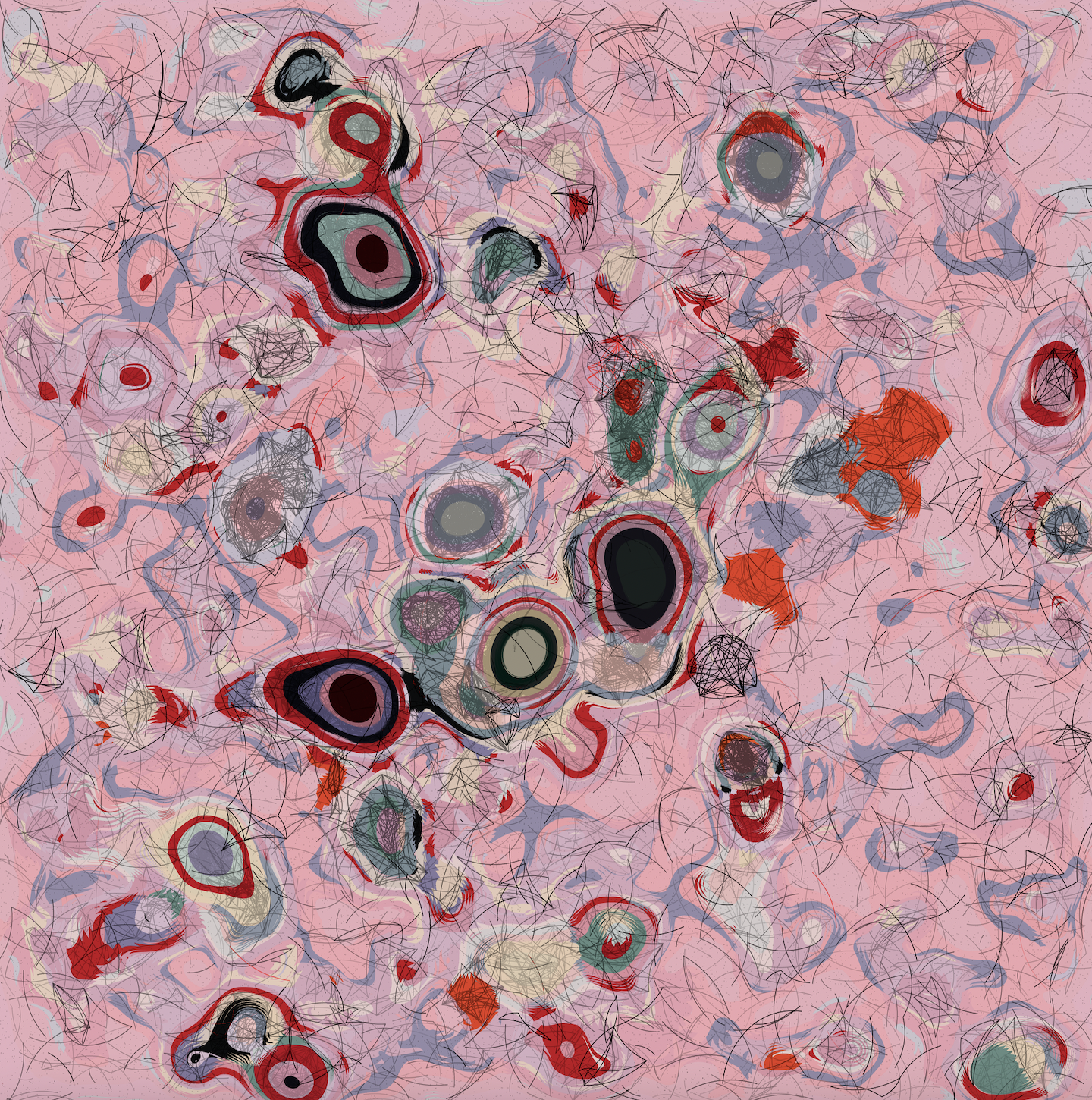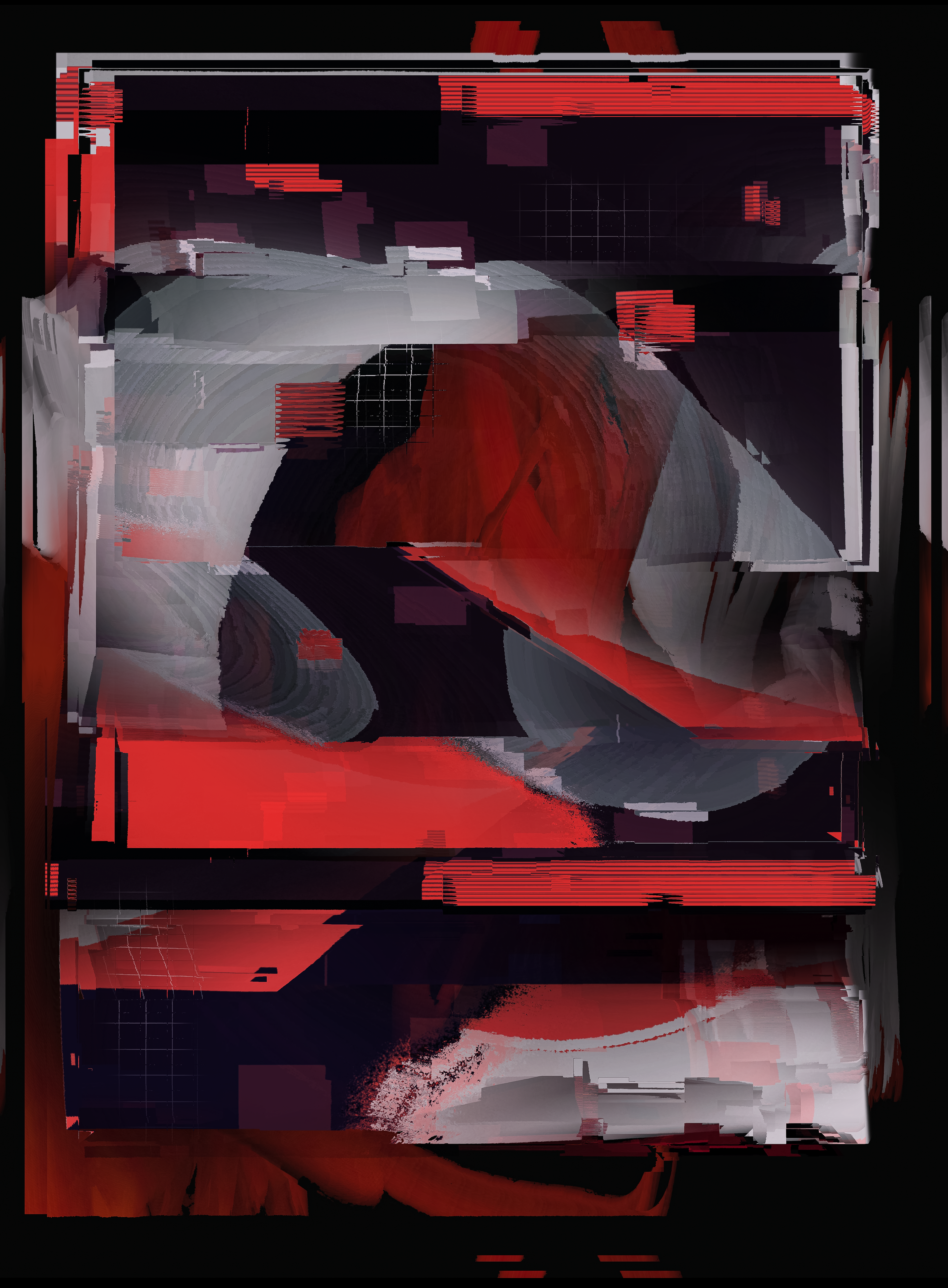Curated Release:
RUNNING IN A ROUTINE by Movsum
About the Artist:
From hip-hop dance floors to the vibrant realm of digital art, Movsum (b.1999) is an artist whose life orbits around lines, movement, and geometric forms. Drawing early inspiration from his natural surroundings and the captivating geometry of Wassily Kandinsky, their artistry seamlessly brings to life a hidden realm of movement and geometry through dynamic visuals in the digital world. Deep dives into tools like Adobe Illustrator and Procreate, guided by inspirations like J Dilla's musical genius, sneaker culture, and architecture, have forged Movsum’s artistic expression into a unique, harmonious fusion of seemingly contradictory colors and shapes.Now further venturing into the emerging fine art realm of Web3, every piece they create is not just art but a chapter of their story, a heartbeat, and an echoing legacy. Watch this space as Movsum unveils the "contradiction of balance" through their distinctive lens.
About the project - Running in a Routine
Movsum's latest Release Running in a Routine is a digital art project that explores the impact of everyday objects on human existence. Initially focused on a symbolic running figure, the project now emphasizes how objects like fashion items and coffee shape our routines and societal standards. The collection symbolizes the influence these objects have on our lives, reflecting a collective routine dominated by material interactions. Movsum's project serves as a critical examination of material and societal constructs, encouraging viewers to reconsider the objects that define their lives and offering a nuanced perspective on the interplay between materiality and human existence.
Running in a Routine is now live on SuperRare Release for 0.25 ETH each.
THE INTERVIEW
An: How did Kandinsky's philosophy influence your view of art and how did you incorporate it into your artistic expression?
Movsum: It all started with dancing (hip-hop).One day I decided to buy a book by Kandinsky without knowing anything about him. After reading how he wrote about the point that is the beginning of everything on the canvas and at the same time creates various shapes around itself, I discovered a new world for myself. This thought stuck in my head, and that evening everything changed in my life. In the evening, as usual, I went to the training room and realized that now I look at my dance in a different way. My body became for me the point by which I depicted the various shapes that Kandinsky spoke about, and the canvas for me was the space that surrounded my body. In this regard, the name of one of my collections was created on SR (Expressive Space).Then came the days of creative crisis, and I didn't know how to move on (it was during Covid-19). I wanted something more in my dance and in my art. This is what I have lived with since childhood, and the days flew by, and the torment increased. I didn't know what I was dancing for, battles ceased to interest me, freestyle began to seem like something ordinary. And one of these days I decided to get acquainted with digital art, or to be precise, I started with graphic design (at that time I did not know that there was such a direction as digital art). It all started with the fact that I accidentally drew a few lines, then I continued to improvise with them and saw what I had been going for all my life. I saw dance moves in my lines. I saw the shapes of the human body that I saw in Kandinsky's book. I didn't understand what it was, but that's what I got in the dialogue.I've seen how the compositions create balance and smooth flow, thanks to my hip-hop education. And at that moment, I decided to combine Kandinsky's book "Point and Line on a Plane" with my vision of dance and transfer it all to a digital canvas. When I read a book about Kandinsky's philosophy with my loved one, it seemed to me that I was reading about myself. My dancing philosophy was close to what Kandinsky described. For me, it was something magical and strange at the same time. After all, I have always danced geometrically, but after getting to know his philosophy and attitude to shapes and colors, my vision completely changed, and when I transferred everything to a digital canvas, I realized that I had found what I was looking for.

A: How do you see the fusion of seemingly contradictory colors and shapes in your art reflecting the influences of J Dilla's musical genius, sneaker culture, and architecture?
M: When I started creating digital art (sketches), for several days I couldn't create a color composition so that it looked unique and each shape matched the color. The inconsistency of my forms - a reflection of our whole life (because everything in this world ultimately contradicts each other, and this cannot be avoided). Also, my dancing forms were always contradictory, but at the same time they had a balance. And you can also recall JAYDILLA's technique and his unique method of creating sounds, which he used on the "AKAI MPC-3000” drum machine, where he saw the free mixing of sounds on a microscopic scale. This created a disorienting rhythmic discrepancy combining both straight and swing at the same time. And inspired by his ideas and how he revolutionized music, it seemed close to me.Using contradictory colors and shapes, I started researching it as something scientific and eventually created something that, in my opinion, was unique. And recently I created a piece in which I pay homage to him "J-DILLA TENNIS COURT" Sneaker culture? Since childhood, I have had a great love for sneakers, their color combinations, design, and history.The color combinations that I create in my work are based on sneaker design and hip-hop culture and how all of these are interconnected. Architecture? One of the greatest sources of inspiration in my work is the design history of the Nike Air Max 87 OG model.The moment when I first learned how the designer of the Hatfield label was inspired by the architecture of the Georges Pompidou Center, which is located in Paris, is very important to me. When there was a creative crisis during the dance, which I mentioned in the first question. One day, after photographing an architectural structure, I saw how sunlight falling on the building creates a composition of flowers, which I always considered a reflection of myself, and this was the moment when I was inspired by the idea of becoming a digital artist and telling my story (funny fact, Kandinsky was once inspired by sunrise in the city Moscow. When the shades of sunlight fell on the architecture and created a kind of play with colors )

A: The transition into the fine art realm of Web3 is intriguing. How has this shift influenced your creative process, and what opportunities do you see in the NFT space?
M: Web-3 became the place where I began to receive recognition for my art for the first time, and the love that I began to see in October 2022 simply amazed me. After all, I was fired from my job with the reason that I have no vision, taste and what I create thanks to geometry is all complete nonsense. And when I was fired from my job, I didn't want to work anywhere anymore, my goal was to prove to myself that my art has unlimited potential and that the world can fully accept me. And in October, I downloaded my last $250 (I still had a loan on my iPad at that time) I just decided to challenge myself and my journey. Web-3 has endless possibilities and possesses very strong power, unless of course a person sees in it a long-term perspective, and not just to make money. I always tell everyone that web-3 is the only place where digital art is recognized and appreciated. Previously, if I just said that I am an artist who represents digital art, now I am very proud to say everywhere that I am an artist who represents the web-3 space of digital art. Thanks to our space, I am still surprised by my evolution of art, and the goals that I set for myself and do not stop running after them. It's a matter of time before digital art will be recognized as the avant-garde of today (which I also call myself an artist from the avant-garde life).

A: What inspired "Running in a Routine"?
M: After I release the “Expressive Space” collection, I write an article about my journey on medium.com and I'm creating my own website I give myself a rest for 10 days. During this vacation, for some reason, I have thoughts of going over and working with objects, but I begin to ignore it internally. After the rest, I return to drawing and for some reason I can't draw the ideas that I was inspired by throughout the rest. The idea of giving myself a challenge and getting out of the comfort zone and trying to work with objects and objects does not leave my head. At this moment in my life I am experiencing a moment similar to a routine that I want to get rid of, but I cannot get out of this routine. One day, walking down the street, I come across a road sign where two people are running, and my “Love” sticker is glued on it (I glued it back in 2021) and for some reason this sign does not leave my head and I begin to see myself in this road sign and the people around me who are supposedly running in a routine. Without realizing that they are becoming a victim of their own routine that they create around themselves. And this is where my journey begins.
 A: Could you elaborate on the symbolism behind the running man in the original concept and how it has evolved to represent the influence of objects in our lives?
A: Could you elaborate on the symbolism behind the running man in the original concept and how it has evolved to represent the influence of objects in our lives?
M: The silhouette of running in a routine was just a metaphor and an experiment that I had been drawing for 6 months. I created a running man with the colors squiggles, pepe . I bought a running man on my ens, which you can see by checking my wallet on foundation. I created pieces of running people thanks to the emojis that we often see in our gadgets. I was just showing that we are all a routine of our own created things. The web-3 space and how every morning when we wake up and go on Twitter we see the same routine, and sometimes it seems that this is inevitable, and I just wanted everyone to see not me as running in a routine, but themselves in the reflection of this power and how he is surrounded by all this routine inside the web-3, as well as the things that he surrounded himself with at home or at work. And the idea was to create 16 items to show that we are and are running in a routine that we create for ourselves and we have the right to choose whether we like the current level of routine or not.

A: The project emphasizes the profound impact of fashion items, coffee, and chairs on our existence. How do you choose these specific objects, and what do they symbolize for you?
M: I wanted not only to show a big problem that is popular for modern man, but also to dive into the things that surround the man himself, how he comes into contact with them, connects them with his life until he decides to break this thin thread on which the routine is held. And I wanted to show it with such popular items as shoes that represent fashion ( fashion first ) . Coffee, which people drink every day, at some point loses its flavor and becomes an everyday thing. A chair is a routine that never loses its relevance, especially in the 21st century. Most of the time people work in a sitting position without getting up from it. Banana represents food which also has a cyclical nature. Very often people eat on the go or the same thing. Food becomes something everyday and the same for them which turns it into a routine. I want to tell people that often we live a mechanical life, like a machine among the things that surround us and are the routine of our life. I would like people to stop for a moment and think about what they do and why. Look at the way they live, at their routine and change it.

A: Every piece you create is a chapter in your evolving autobiography. Can you elaborate on how "Running in a Routine" reflects your personal growth and self-discovery?
M: I think the concept of “Running in a Routine” reflects my personal growth not only in life, but also in my art. I am always experimenting and leaving my comfort zone, I began to reflect my style in objects, which gave me an unforgettable experience and evolution. Thanks to this concept, I got rid of the routine that surrounded me, because at first I thought that I would run in this routine until the end, but I said goodbye to the old environment, old things and what brought me discomfort in my life. I think this will all be reflected in my future actions.
A: In what ways does "Running in a Routine" serve as a commentary on societal norms, and what message do you hope viewers take away from your exploration of material and societal constructs?
M: I want people stop in a routine and just look at the world and their lives and rethink their routine, realizing that the current routine (state) benefits and pleases them or harms them by making them a victim of their own routine.
A: What's your auction mechanism and pricing for "Running in a Routine"?
M: The mechanism will be held in the style of Release (lazy mint), I want everyone who collects the piece he got exactly the piece that reflects more of him based on the data of his computer. Mint will consist of 16 pieces and the price of each piece will cost 0.25 E.




